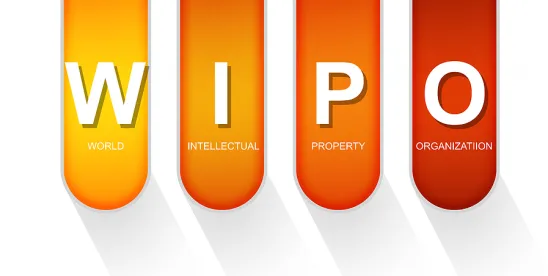The World Intellectual Property Organization (WIPO) recently published its annual Madrid Yearly Review, offering a comprehensive overview of the facts, figures, and analyses of the international registration of marks. This year’s selected theme:
“How registration holders have used subsequent designations to expand the geographical protection of their marks via the Madrid System.”
Those looking to protect their trademarks internationally generally pursue one of two routes: (1) through the Paris Convention, known as the direct route, in which trademark holders must file separately applications in each jurisdiction, or (2) through the Madrid System, which allows the filing of a single international application, first designating Madrid member countries in which the applicant requests protection, and upon recordation, expanding protection to other Madrid member countries through subsequent designations, if so desired. WIPO reported a near-9% increase in subsequent designations in 2023, despite a 7% drop in Madrid international applications. Interestingly, less than a fifth of international mark registrations under the Madrid system take advantage of the ability to subsequently designate further jurisdictions, as seen in the graphic below.
WIPO’s report offers several more insights into the use of subsequent designations:
- An average of 5.1 subsequent designations are made per application.
- 39% of subsequent designations are made within 1 year of initial registrations. This number jumps to 78.6% within 4 years of an initial registration.
- The most common subsequent designation of US mark holders is China, followed by Japan, the Republic of Korea, Australia, and Mexico.
With respect to international applications generally, WIPO reported a second year of declines in applications – a trend resulting from the spike seen in 2021. WIPO also welcomed Mauritius as the 114th member (130th country). In 2023, the US was the source of the most Madrid applications, while also making the most designations, demonstrating a determination from US holders to seek the broadest mark protection, but it was L’Oréal of France that filed the most Madrid applications (199), followed by BMW AG (124). Interestingly, it was the UK that attracted the most designations in 2023, as with the two years prior, which WIPO attributes to the results of Brexit.
Further, WIPO and the Madrid System use the Nice Classification to categorize the types of goods and services to which applicant marks relate. As has been the case since 1985, Class 9 was the most specified in 2023 (11% of applications), covering computer hardware, software, and other electrical or electronic apparatuses. As for the 10 reported industry sectors, Research and Technology accounted for the largest share of applications.
Some further insights are as follows:
- Mark holders renewed nearly 40,000 Madrid registration in 2023.
- Over half of international registrations since the Madrid System was established in 1891 are still active.
- Over half of all Madrid registrations belong to holders from Germany, the US, France, Switzerland, and China.
The full publication can be found on WIPO’s website. Should you have any questions about the issues discussed in this alert, please reach out to the authors or your relationship attorney at Womble Bond Dickinson (US) LLP.





 />i
/>i



